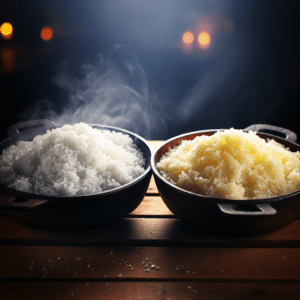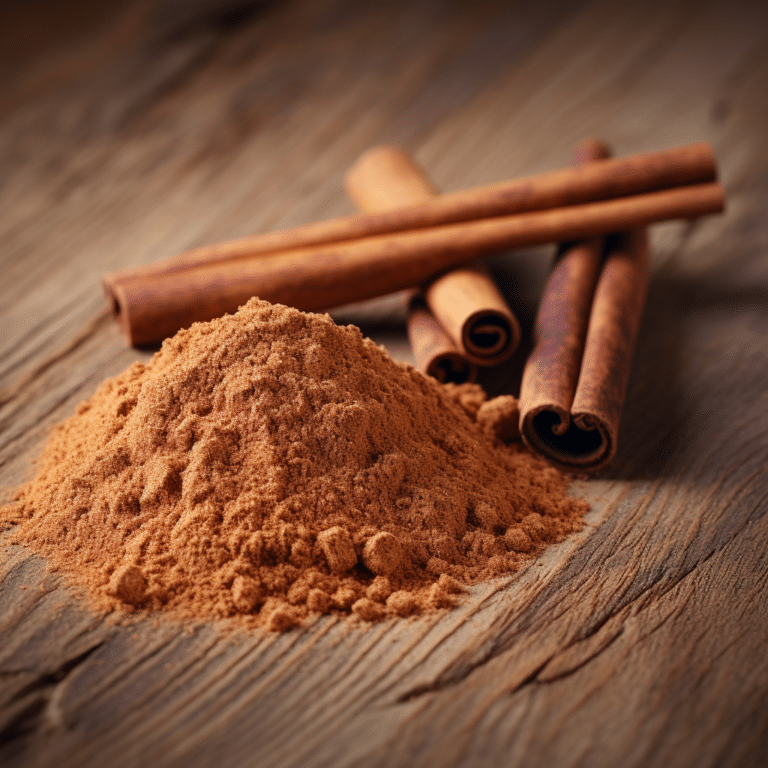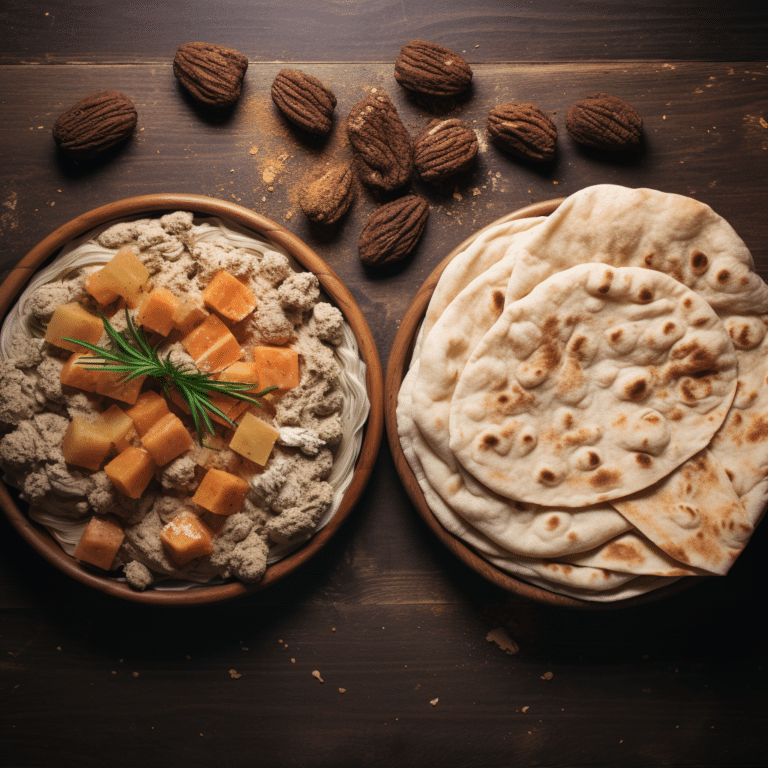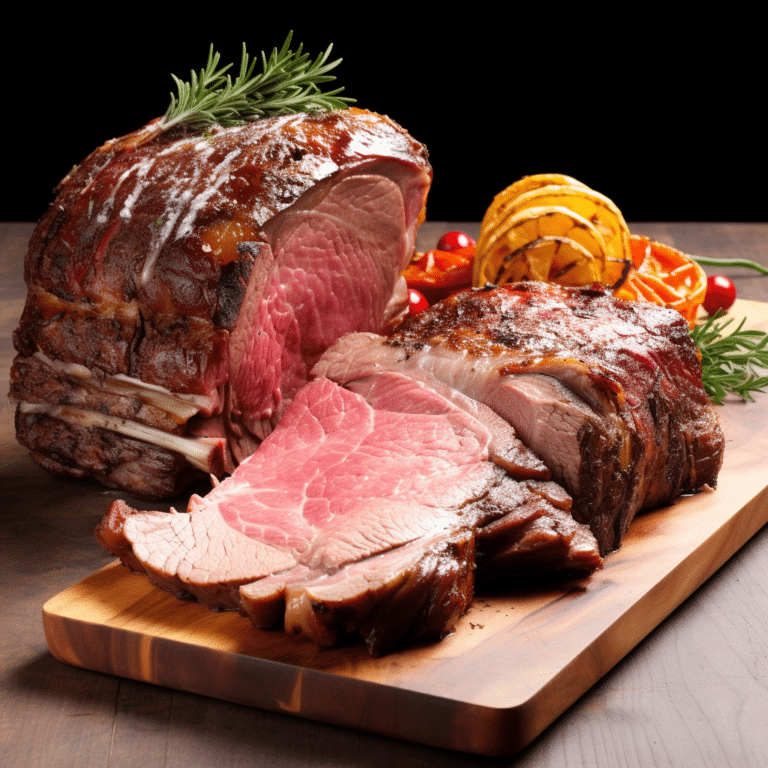Grits vs Rice: Exploring Cereal Grain Differences
Grits and rice are different cereal grains. Rice is a type of cereal of a species of grass native to Asia, notably the river’s basin in China, while maize, from which grits are derived, is native to South America.

Grits Vs. Rice: Overview
Origin
The parent species of rice are believed to have originated from Asia and some parts of Africa. Archaeological studies have shown that rice was first domesticated in China, along the Yangtze river basin. Its cultivation has spread to many regions Grits vs Rice of the world. Corn is native to South America, specifically Mexico. It is domesticated and cannot grow in the wild. Columbus later introduced corn to Europe and has since to other parts of the world. Rice and corn are staples in many parts of the world.
Types
Rice
There are various ecotypes of rice that differ in texture, nutritional value, and taste. The types can be divided into 3 broad categories; short, medium, and long grain. Examples of rice types are; arborio, basmati, brown rice, long grain, and parboiled grain. Rice is processed by removing the husk and bran layers at the milling factory. For a glossy look, a miller can apply talc and glucose to the kernel.
Grits
There are four types of grits ;
- Regular Grit. The pericarp and germ are removed from dry maize before the kernels are ground into grits. They may be bought in most stores and have a lengthy shelf life. They are a viable alternative to rice.
- Hominy grits. This form of grit is obtained through a process known as nixtamalization, which involves soaking dried corn in lye to remove the pericarp. The nixtamalized corn is then ground into grits.
- Stone ground grits. This type of grit is the hardest to process. It involves grinding dried corn with stone until you get small particles. The process is cumbersome and tiring. It is not economically viable for commercial purposes. However, some manufacturers have come up with a process that mimics stone grinding. These grits have a shorter shelf life and are hardly found in stores.
- Instant grits. They are similar to regular grits but are dehydrated and precooked for faster preparation. You can easily find them in the stores.
Nutrition Value
Grits and rice are both nutritious though loaded with different nutrients. If you are looking for a cereal with more sugars and protein, corn will suffice while rice is more suitable for a high calories and carbs diet. A deeper comparison may help elaborate on these differences further.
Corn
100 grams of dried corn consists; of 96 calories, 6.26 gm of sugar, 23mg choline, 270mg of potassium, 2 gm of fiber, 89 mg of phosphorus, 0.52mg of iron, 0.6ug of selenium, 0.52mg folate, 37 mg of magnesium, and 2mg of calcium.
Rice
100 grams of dried rice consists of; 130 calories, 7.5ug of selenium, 1.2mg of iron, 0.05 of sugar, 2.1mg of choline, 35 mg of potassium, 0.4gm of fiber, 43 mg of phosphorus, 1.2 mg of iron, and12mg of magnesium.
Health Benefits
Grits
Phytochemicals and minerals found in grits provide numerous health benefits to the body that include;
- Boost growth of normal body cells and DNA synthesis.
- Choline in grits is essential in fetal growth as well as boosting cognitive functioning in seniors.
- It is good for kidney health as choline reduces the risk of fatty kidney disease.
- Grits might help prevent liver and muscle damage.
- Fiber aids in digestion and the prevention of digestive issues such as abdominal cramps, gas, constipation, and bloating.
- Grits might help in controlling blood sugars and cholesterol if consumed in the right quantities.
- They might help boost immunity.
- The vitamins found in corn might help in improving vision.
- Vitamin k in grits aids in blood clotting.
- They might boost skin health and minimize the appearance of aging lines and spots.
- Grits contain antioxidants that might help in fighting free radical cells and prevent cancers such as colorectal cancer.
It is essential to note that nixtamalization leads to loss of Vitamin B3 also known as niacin which is responsible for preventing pellagra disease, which causes diarrhea, dermatitis, dementia, and death. Overconsumption of grits can lead to malnutrition and kwashiorkor.
Rice
Rice is rich in iron, calcium, copper and zinc. Its health benefits are;
- Rice boosts DNA synthesis and RNA formation.
- Rice might help boost cardiovascular health, preventing heart diseases and conditions such as stroke and heart failure.
- The high amount of folate in rice is great for fetal growth and the prevention of anemia.
- It is good for muscle health and neuritis treatment.
- Rice prevents pellagra disease.
- It may help protect against chronic diseases due to the high amounts of antioxidants.
- When eaten in the right amounts, brown rice might help in maintaining a healthy weight.
Overconsumption of rice could lead to various side effects such as flatulence, increased levels of blood sugars, weight gain which is a risk factor for obesity, and lethargy.
Serving
Both grits or rice are adaptable side dishes that go well with many different main courses.
However, grits are often served for breakfast and Grits vs Rice for lunch and dinner. You can serve grits with egg, bacon, omelet, or a plate of veggies. Rice can be accompanied by chicken curry, shrimp, beef, fish, and vegetables.

Storage
In Grits vs Rice regard to micronutrients, kielbasa has more iron, which helps oxygen flow better, minerals, which make teeth and bones stronger, and potassium, which helps keep the osmotic balance right and lets nerves talk to each other. After serving, leave the leftovers in the pantry for one hour to cool down before refrigerating. Leaving food for long at room temperature, especially rice, might lead to contamination by salmonella, a bacteria that can lead to food poisoning. grown under different conditions with varied nutrients.






